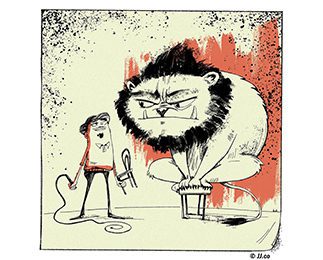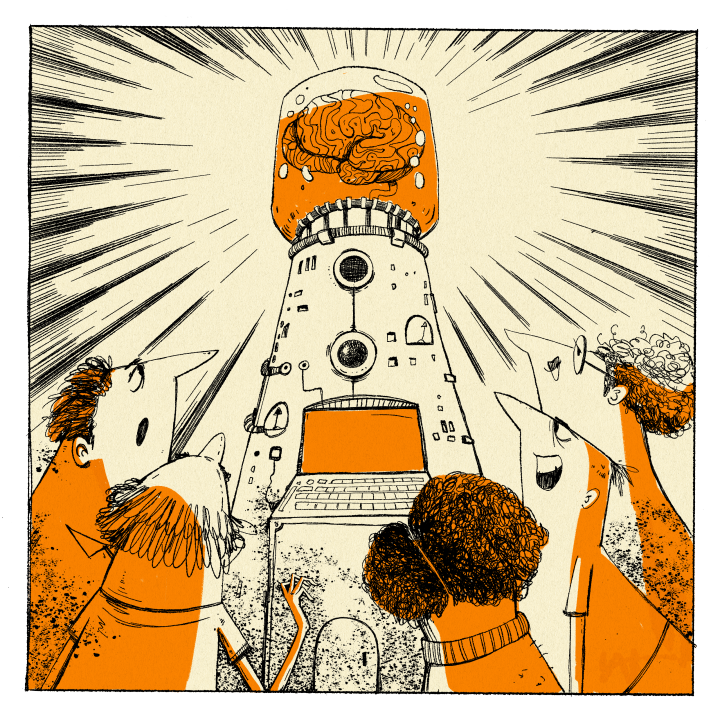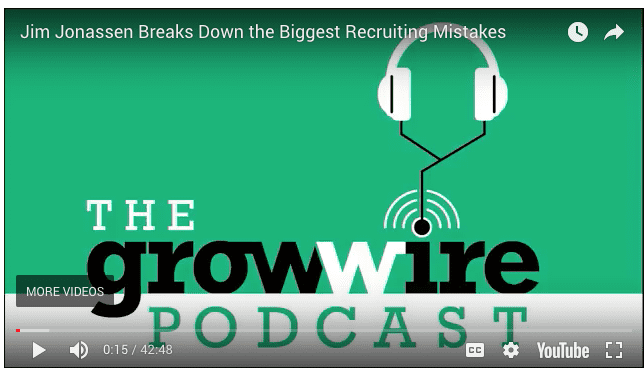
Taking Charge of Your Career in 2023
A guide to help you make this year count.
By Jim Jonassen, JJA Founder
At some point, each of us has made a New Year’s resolution: hit the gym more often. Hit the liquor cabinet less. Keep those email inboxes free of clutter. Learn Portuguese. Repaint the kitchen. Whatever resolution you have in mind this time around – even if it’s none at all – I’d like you to consider declaring this your personal Year of the Career.
As headhunters specializing in high-stakes placements, we’re amazed at how often the superstar talent we work with can offer no real rationale behind the decision to join a particular company. We hear answers like, “My old boss recruited me.” “A colleague felt I’d be a good fit.” “It cut my commute in half.” Or, most painful of all, “Hey, I guess I needed the job.”
Thinking first, acting second.
Every time you put yourself on the market, you have an opportunity to shape your destiny. So why do so many intelligent people seem to invest more time on a large appliance purchase than on their next career move?
Whether or not you’re actively scanning the horizon for that next challenge, you’re likely to find our Career Diagnostic helpful. JJA has developed this free, downloadable tool to help high-level talent objectively assess themselves and their career arcs.
Completing this 10-minute worksheet will yield insights no resume or LinkedIn bio could ever provide. We ask candidates to run the diagnostic before interviewing with us. Not only do those conversations become infinitely more productive, but we are also much more prepared to make great matches. We gain a much clearer sense of which opportunities to consider a specific candidate for. And just as importantly, those that don’t make sense.
Let’s take a closer look at each section of the Career Diagnostic.
“Why do so many intelligent people seem to invest more time on a large appliance purchase than on their next career move?”
1. Looking beyond the bio – who are you Really?
This is the fundamental starting point for every candidate we meet. It forces you to reflect on the tangible and intangible elements that define you – what you’re genuinely able to bring to a new employer and organization.
- What values matter most to you – the lens through which you assess new opportunities?
- What are your superpowers – things you’re objectively great at?
- What’s your Achilles’ heel – weaknesses or areas for future development?
- What types of work or responsibilities do you hate?
- What personal/professional passions would you like to incorporate into work life?
2. Where are you in your career and life journey?
Your personal and life priorities can all be impacted by the realities of your job. Think of this as the map of your life, with an arrow that says, “You Are Here.”
- Family – important obligations to children, parents and community mean you’ll fit into some work cultures and environments better than others.
- Geography – are you willing to relocate? Where? How far will you commute? Have you worked remotely before? Have you managed widely dispersed teams?
- Compensation – how much have you been making most recently, and what compensation package would justify a job change?
- Risk – what’s your appetite for risk? Given the right opportunity, would you trade current cash compensation for equity?
- Travel – how much can you travel? How long can you be away from home?
3. What are you looking for in this next chapter?
What type of team do you feel you’d offer the most value to? Where will you be most fulfilled? Employer dynamics vary wildly based on where a company is in its life cycle. No right or wrong answers here, and each offers a unique combination of comfort, thrills and danger.
- Roles – what job titles are you both qualified for and interested in?
- Sectors – list the specific categories/markets where your skills, experience and passions lie. This might be as general as Consumer vs. B2B or as detailed as API platforms within the payments sub-sector of Fintech.
- Stage – describe your ideal employer in terms of revenue, team size, customers or other key metrics. Would you rather traverse jungle, dirt road, pavement or freeway?
- Pattern matching – what companies or positions interest you? Listing out roles you’ve seen, competed for or wanted, including the ones that got away, provide excellent calibration. The sweet spot is roles that you’re qualified for and that you think you’d crush.
4. Are you already scouting for your next role?
Naturally, this is one of the first things we want to know when getting acquainted with a new candidate. If you’ve already decided to seek greener pastures, how far along are you in your search?
- Just getting started?
- In play on multiple opportunities?
- Anticipating offers?
- Why isn’t your current job a good enough fit to stay?
Our strategy and tactics will vary depending on the answers to these fundamental questions. But no matter where you are in your journey, it’s helpful to step back, take a deep breath and run our Career Diagnostic.
Keep the finished doc for quick reference. You might even use some of the bulleted content in cover emails or interactions with recruiters and hiring authorities.

You’ll want additional tools in your job search toolbox –links to work product samples or a portfolio, topline results of a DISC assessment or CliftonStrengths finder and maybe even an introductory video. But the Career Diagnostic Inventory is always a great place to start.
Hey – my name may be on the byline, but the ideas I share are always the product of a team effort. JJA is on a mission to raise the bar in high-stakes recruitment, from retained searches to corporate talent acquisition. We approach life like an open-source project, driven by the belief that there’s always a better way. If you have ideas you’d like to contribute, please email us. To download some of the free tools we’ve developed, visit the JJA website.











